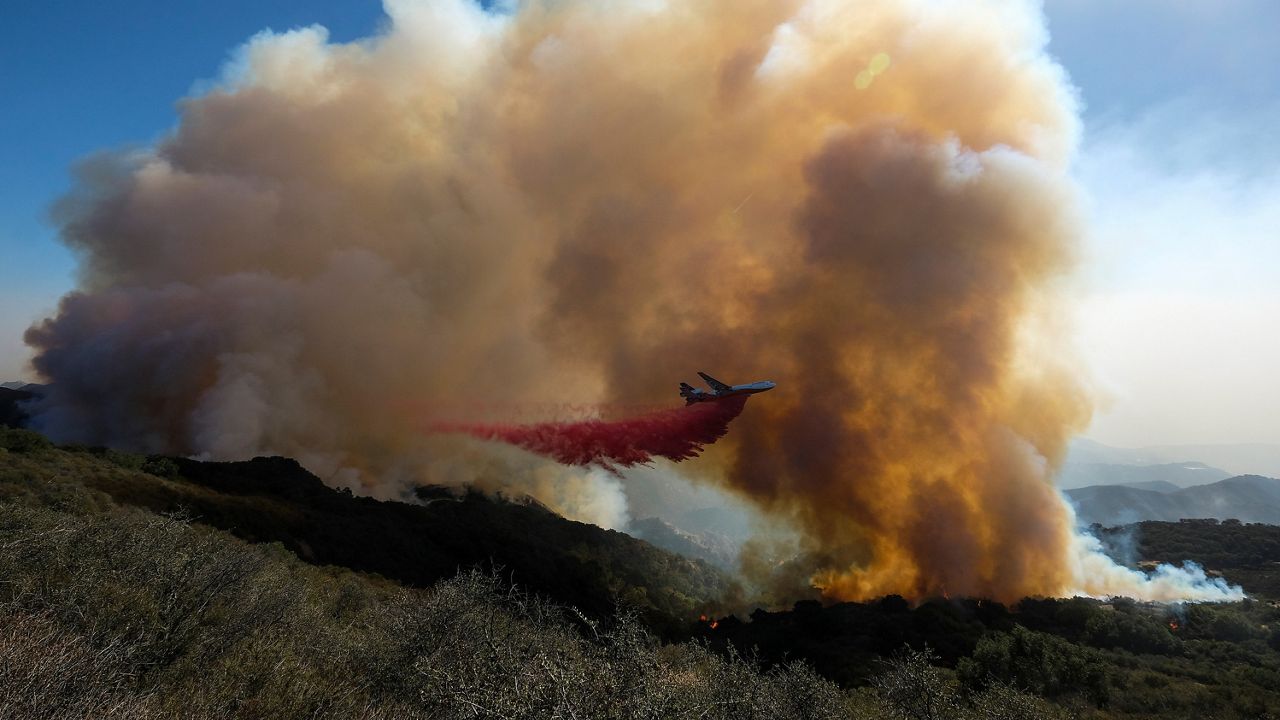LOS ANGELES — This year’s exceptionally wet winter has generated a welcome bounty of lush and green landscapes in California after three years of exceptional drought, but by summer, that could lead to more fires, as vegetation dries out and becomes fuel.
“Typically, when we see rains like this, the grasses are the first thing to materialize and react to the moisture,” Cal Fire Battalion Chief of Communications Issac Sanchez told Spectrum News 1. “If we have more water, we’ll see a heavier fuel load when it comes to grasses specifically.”
Cal Fire refers to grasses as one-hour fuels that are thin and burn quickly. They grow pretty much everywhere there’s open space.
“Right now, they’re green,” Sanchez said. But by the end of May, they will begin to die. “By June and July, they’re completely dead and ready to burn.”
The good news is the amount of vegetation in the environment is completely unrelated to the number of fires the state agency responds to, Sanchez said, because 95% of fires are caused by people.
“But does this lead to the potential for more large destructive wildfires? Absolutely, because of the way grasses burn,” he said. “It doesn’t take a lot of heat to get them going. Once they do get going, they go very quickly and result in very rapid and dangerous growth.”
Discarded cigarettes, unattended campfires and vehicle crashes that send a spark into a receptive fuel bed are among the leading causes of fires, according to the Western Fire Chiefs Association.
How quickly vegetation will dry out and become fuel this year “depends on the melt season,” California Department of Water Resources climatologist Michael Anderson said Wednesday during a briefing on the winter storms. “We are dealing with a really massive snow pack, so it, in part, depends on how quickly the pack melts out and how quickly the landscape dries out.”
According to the department’s most recent survey of 130 snow sensors throughout the state, the California snow pack was 190% of average as of March 3.
Even so, Anderson said some of the larger vegetation types, such as trees, are stressed following three years of extremely dry weather and will take time to recover “so you have that lingering kind of elevated risk.”
To prepare for this year’s fire season, Cal Fire will increase staffing based on expected weather heading into the summer and staff additional fire engines. Because most fires are caused by humans, the agency asks the public to recognize their role in sparking fires and adjust their behavior accordingly.



